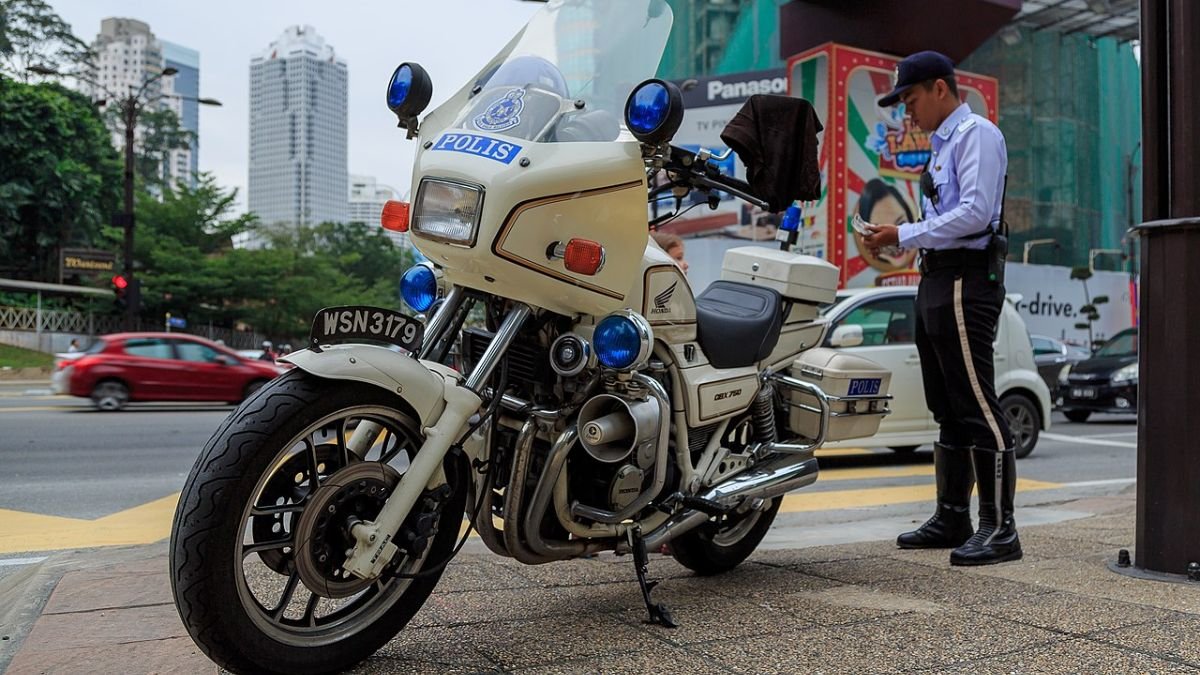Buddhists in Malaysia today celebrate Wesak Day to commemorate the birth, great enlightenment and death of the founder of the religion, Siddharta Gautama with the Maha Vihara Buddhist Temple in Brickfields in Kuala Lumpur being one of the focal points of the celebration in the capital.
The celebration, which is a public holiday in Malaysia as in previous years, saw devotees gather at Buddhist temples singing religious songs and carrying symbols of Buddhist icons during the procession that symbolizes a person’s purity.
At the Maha Vihara Buddha Temple, it is said that about 20 decorated cars will participate in a 12-kilometer procession through Little India, Pasar Seni, Jalan Raja Chulan and Bukit Bintang, today.
In Selangor, one of the focal locations of the celebration is at the Fo Guang Shan Dong Zen Temple in Jenjarom, Kuala Langat with devotees starting to gather as early as 8am.
Deputy Minister of National Unity K. Saraswathy is reported to have said that the celebration, which is often attended by about 40,000 people in the capital, can strengthen and enable the community to get to know other religious cultures better.
Wesak Day: What Is It And Why Do Malaysian Buddhists Celebrate?
Wesak Day, which is a public holiday in Malaysia today, is a very important day for Buddhists. It commemorates three significant events in the life of Siddhartha Gautama, the founder of Buddhism: his birth, his enlightenment, and his passing away.
On Wesak Day, Malaysian Buddhists gather at temples to meditate, chant, and make offerings. There are also processions and other festivities. It’s a day to reflect on the teachings of Buddha and to strive to live a good life according to Buddhist principles.
Wesak Day marks the importance of Buddhists applying self-confidence in the religion and living based on its beliefs.
Wesak Day is celebrated by lighting plugs and candles in the shape of lotus flowers, scattering flowers and bathing the Buddha statue.
What Is The Story Of Wesak?
The story of Wesak revolves around Siddhartha Gautama, the founder of Buddhism. Tradition says that all three major events of his life – his birth, enlightenment, and death – occurred on the same day of the lunar calendar.
The story begins over 2,500 years ago in northeastern India. Prince Siddhartha Gautama lived a sheltered life of luxury within the palace walls. One day, during outings beyond the palace, he encountered sickness, old age, and death for the first time. These experiences deeply disturbed him, leading him to question the nature of suffering and the impermanence of life.
At the age of 29, Prince Siddhartha made a life-altering decision. He renounced his royal life and embarked on a spiritual quest to understand suffering and find a way to overcome it. He spent years meditating, studying with different teachers, and practising asceticism.
After years of searching, Siddhartha finally attained enlightenment while meditating under a Bodhi tree in Bodh Gaya. Enlightenment, in Buddhist terms, is the awakening to the true nature of reality and the end of suffering. From that point on, he became known as the Buddha, which means “the awakened one.”
The Buddha spent the rest of his life teaching others the path to enlightenment, which he called the Dharma. He traveled throughout India sharing his insights and helping people find peace and liberation from suffering.
According to tradition, the Buddha passed away peacefully at the age of 80, and his death is also commemorated on Wesak Day.
So, Wesak Day is a time for Buddhists to remember the Buddha’s journey, his teachings, and his message of compassion, wisdom, and the path to ending suffering.




